Elevating houses to address flood risks: A detailed analysis

Elevating structures is a method that is widely utilized (especially in the United States) to tackle flood impact. However, the factors that control the benefits of this approach over its financial costs is an issue that has not been thoroughly investigated.
As flood incidents have increased both in numbers and intensity, owners tend to elevate their properties in order to withstand a potential incident. According to the U.S. Federal Emergency Management Agency (FEMA), the elevation suggested should be adequate to deal with the 100-year flood (a flood incident that has 1% to occur annually) that a region will experience. Nevertheless, there are many uncertainties that should be taken into consideration and this guideline is considered a simplification.
Scientists from Pennsylvania State University, have made a thorough investigation to present the framework under which the proper house elevation can be derived with better accuracy. Their findings were recently published in Nature Communications.
The study focuses on the U.S. where a great proportion of the population lives in regions prone to flooding. The benefits of buildings' elevation are challenging to derive due to multiple uncertain inputs including the structural damage that a flood may cause, the life span of the building, the discount rates etc. The team investigates those inputs in an effort to assess and quantify their effect by using mathematical models. "It is arguably better to fail in a computer model than in real life. In the computer, we can look at many possible future outcomes of flooding, costs and other uncertainties," Mahkameh Zarekarizi, lead author of the study and a Postdoctoral Scholar at Pennsylvania State University, stated.
The study emphasizes the important sources of uncertainties and improves the level of decision making by analyzing:
- Deep uncertainties
- The interactions on decision objectives and
- The trade-offs between multiple stakeholder objectives
The regional and flood characteristics along with the features of buildings were taken into consideration in the models utilized.
According to the findings of the study, the elevation levels suggested by FEMA and neither optimal nor cost-efficient in all cases. In total, buildings should be raised a few feet above the FEMA's suggestions so that long-term damages would be mitigated.
The impact of the input uncertainties is crucial and can completely change the risk management strategy that should be developed in a given area. Authors deduce that a well-established technique to evaluate engineering, social and ground interactions is critical to derive the best solution for any case.
The findings of the study can be applied in regions outside the United States, given that certain modifications in terms of uncertainties quantification would be applied. Authors suggest that there is still much more scientific work to be conducted in this field in the future. "Our study is subject to several caveats that point to future research needs," the study, mentions.
Sources: Nature Communications, PSU
Sources: Nature Communications, PSU
Want to read more like this story?
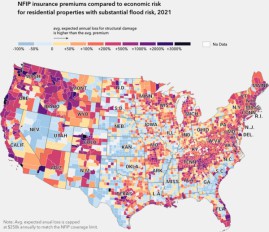
Flood risk increase for US infrastructure due to climate change: Insurance rates tend to underestimate the current conditions
Mar, 01, 2021 | NewsThe risk of flooding can cause severe damage to infrastructure. New evidence revealed that the poten...
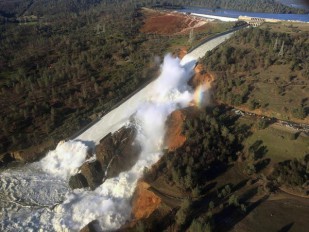
New study explains how global warming significantly increases the size of floods
Feb, 03, 2020 | NewsAccording to new research evidence, warming environment leads to more rainfalls and less snow accumu...
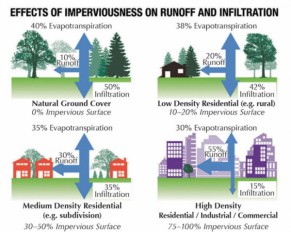
Evaluating the impact of urban development on flood risk
Feb, 13, 2020 | NewsAccording to a new study, urban development may cause severe issues when it comes to flooding risk....

New satellite mission will enable better flood prediction modeling
Sep, 30, 2019 | NewsAccording to a recent study, a new satellite, set to launch in 2021, will offer a better understandi...
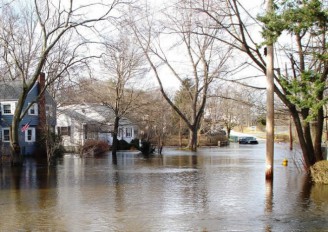
New parameter in flood risk assessment recent study reveals
Jan, 28, 2015 | NewsWith half a million dollars spent to adress direct flooding costs in the U.S. in 2012, flood risk ev...

The Devastating Impact and Solutions to Flooding in Brazil
May, 20, 2024 | NewsThe recent catastrophic flooding in Rio Grande do Sul, Brazil, has brought widespread devastation a...
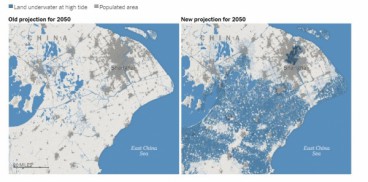
New study suggests sea level rise will be much worse than anticipated
Nov, 18, 2019 | NewsNew evidence suggest that sea water level will rise much faster than anticipated and will soon affec...

Wisconsin engineers create flood risk prediction tool for Lower Mississippi River Basin
Oct, 17, 2025 | NewsResearchers at the University of Wisconsin have introduced a new computer model designed to predict...
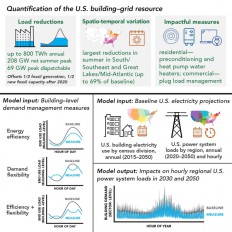
Control building energy demand to preserve the electrical power resources
Jul, 07, 2021 | NewsA new study conducted in the United States quantifies how the optimization of the consumed energy in...
Trending

Vertical gardens in Mexico City to combat pollution

Saudi Park Closed After 360 Big Pendulum Ride Crashes to Ground, 23 injured

Characteristics of Load Bearing Masonry Construction

Taipei 101’s impressive tuned mass damper

Dutch greenhouses have revolutionized modern farming

Federal court rules Biden’s offshore drilling ban unlawful


